Understanding Morel Mushroom Reproduction
Morel mushrooms (Morchella species) are among the most sought-after wild edible fungi, prized for their distinctive honeycomb appearance and unique earthy flavor. For mushroom enthusiasts and home gardeners interested in cultivating these spring delicacies, understanding morel reproduction is essential. While many people search for "morel mushroom seeds," this terminology reflects a common misconception about how fungi reproduce.
Unlike plants that produce true seeds, morels reproduce through microscopic spores. These spores function as the fungal equivalent of seeds, but differ significantly in their biology and growing requirements. This distinction is crucial for anyone hoping to successfully cultivate morels, as the approaches used for seed-based plants won't apply to these remarkable fungi.
This comprehensive guide explores the world of morel reproduction, clarifying the nature of morel "seeds" (spores), examining various cultivation methods, and providing practical advice for those hoping to grow these elusive mushrooms.
Morel Spores vs. Traditional Seeds
The Biology of Morel Spores
Understanding how morel "seeds" differ from plant seeds:
- Microscopic size: Morel spores are invisible to the naked eye, measuring just 12-24 microns long
- Quantity production: A single morel can release millions of spores
- Cellular structure: Spores are single cells, not complex structures like seeds
- Nutrient storage: Unlike seeds, spores contain minimal stored nutrients
- Germination process: Spores develop into mycelium rather than seedlings
These fundamental differences explain why morel cultivation differs dramatically from plant gardening.
How Morels Release Their "Seeds"
The natural spore dispersal process:
- Spore location: Produced in specialized cells along the honeycomb surface of the caps
- Timing factors: Most actively released during peak maturity
- Dispersal mechanisms: Primarily wind and water dispersal
- Environmental triggers: Temperature and humidity changes can stimulate release
- Seasonal patterns: Typically occurs during spring fruiting season
Understanding this natural process helps inform cultivation attempts.
From Spore to Mushroom: The Life Cycle
The complex journey from spore to mature mushroom:
- Spore germination: Spores sprout thin filaments under favorable conditions
- Primary mycelium: Initial thread-like growth has limited genetic capabilities
- Mycelial mating: Different mycelial strains must combine to form reproductive mycelium
- Secondary mycelium: Fully reproductive fungal network develops
- Sclerotia formation: Hardened mycelial masses form to store nutrients
- Fruiting body development: Under specific environmental triggers, sclerotia produce the mushrooms we recognize as morels
This multi-stage process explains why morels can't simply be "planted" like conventional seeds.
Commercial Morel "Seed" Products
Understanding Spawn Products
Commercial products marketed for morel cultivation:
- Spawn definition: Mycelium grown on a carrier material like grain or sawdust
- Spawn types: Available as plug spawn, grain spawn, or sawdust spawn
- Spore slurry products: Liquid solutions containing morel spores
- "Seed" kits: Usually contain inoculated substrate ready for planting
- Morel "seed" packets: May contain spores, spawn, or supplemental materials
These products represent different approaches to introducing morel mycelium to growing environments.
Evaluating Commercial Claims
Assessing the marketplace for morel growing products:
- Success rate reality: Many products have low success rates despite marketing claims
- Scientific backing: Look for products with research-based development
- Company reputation: Research producer's history and customer experiences
- Guarantee policies: What assurances are offered if no mushrooms appear
- Support materials: Quality of instructions and troubleshooting resources
Critical evaluation helps set realistic expectations and avoid disappointment.
Making Informed Purchases
Guidelines for purchasing morel cultivation products:
- Species specificity: Ensure products contain true Morchella species
- Freshness factors: Check production dates and storage requirements
- Strain considerations: Different strains may be adapted to specific regions
- Price perspective: Unusually inexpensive products may lack viable spores or mycelium
- Complementary resources: Value of additional instructions, guides, or support
These considerations help improve chances of success with commercial products.
DIY Morel Spore Collection and Use
Collecting Spores from Wild Morels
Methods for harvesting your own morel "seeds":
- Spore print technique: Place mature cap on paper and cover overnight
- Liquid culture approach: Soak mature morels in water with molasses or sugar
- Tissue culture option: Use sterile techniques to clone morel tissue
- Selection criteria: Choose healthy, mature specimens for best results
- Sterility importance: Maintain clean conditions to prevent contamination
Home collection provides fresh material but requires careful technique.
Creating Spore Slurry
Making a basic morel spore solution:
- Ingredient preparation: Non-chlorinated water with small amount of sugar or molasses
- Mushroom selection: Use fully mature, fresh morels
- Soaking process: Submerge mushrooms for 24-48 hours
- Straining step: Remove mushroom material but retain liquid
- Application timing: Use immediately for best viability
This approach mimics natural spore dispersal in controlled conditions.
Homemade Spawn Production
Advanced techniques for creating morel spawn:
- Substrate options: Sawdust, grain, or wood chips as carrier materials
- Sterilization requirements: Pressure cooking or other methods to eliminate competitors
- Inoculation techniques: Introducing spores or mycelium to sterile substrate
- Incubation conditions: Proper temperature and humidity for mycelial growth
- Contamination challenges: Identifying and preventing mold and bacterial issues
These more complex techniques require equipment and careful attention to sterility.
Growing Methods for Morel "Seeds"
Outdoor Bed Cultivation
Creating dedicated growing areas for morel spawn:
- Location selection: Partially shaded area with good drainage
- Bed preparation: Creating layers of wood chips, soil, and organic matter
- Spawn introduction: Adding commercial or homemade spawn to the bed
- Maintenance requirements: Moisture management and protection from disturbance
- Patience factor: Beds may take 1-3 years before producing mushrooms
This method attempts to create favorable natural conditions for morel development.
Tree Association Technique
Working with morels' natural tree partnerships:
- Compatible trees: Ash, elm, apple, and other species known to associate with morels
- Root zone focus: Introducing spawn around tree drip lines
- Wood chip mulching: Adding hardwood chips as supplemental food source
- Soil amendment: Adjusting pH and adding calcium sources like wood ash
- Long-term approach: Allowing natural cycles to establish the relationship
This method leverages morels' natural ecological relationships.
Indoor Cultivation Experiments
Laboratory and controlled environment approaches:
- Sterile culture techniques: Working with agar plates and controlled transfer
- Nutrient formulations: Specialized substrate recipes for different growth stages
- Environmental control: Precise management of temperature, humidity, and light
- Fruiting triggers: Attempting to induce sclerotia formation and mushroom development
- Success limitations: Generally lower success rates than outdoor methods
Indoor cultivation remains one of mycology's most challenging frontiers.
The Morel Kit Approach
Using pre-made growing kits:
- Kit components: Typically pre-inoculated substrate and instructions
- Setup process: Following provided directions for placement and care
- Maintenance needs: Usually requires specific watering and temperature regimes
- Fruiting conditions: May need cold treatment or other triggers
- Reasonable expectations: Understanding typical success rates
Kits offer simplified approaches but still require proper conditions for success.
Optimizing Growing Conditions
Soil and Substrate Requirements
Creating ideal growing medium for morel "seeds":
- pH preferences: Slightly acidic to neutral (6.0-7.0) generally preferred
- Calcium importance: Adequate calcium levels support morel development
- Organic matter content: Rich but well-draining soil with organic components
- Wood supplementation: Addition of hardwood chips or sawdust as food source
- Loamy texture: Balanced mixture of sand, silt, and clay for optimal structure
Soil composition significantly impacts the success of morel cultivation attempts.
Environmental Factors
Managing conditions that affect morel growth:
- Temperature ranges: 60-70°F (15-21°C) for mycelial growth; 45-65°F (7-18°C) for fruiting
- Moisture balance: Consistent moisture without waterlogging
- Light requirements: Indirect light for fruiting; darkness for mycelial growth
- Air circulation: Adequate ventilation without drying effects
- Seasonal cycles: Many morels require winter cold period before spring fruiting
Maintaining these conditions can be challenging but is essential for success.
Protective Measures
Safeguarding developing morel mycelium:
- Competitor management: Preventing invasive weeds and grasses
- Predator protection: Deterring animals that might disturb growing areas
- Disease prevention: Maintaining healthy growing conditions
- Extreme weather protection: Mulching to moderate temperature and moisture
- Human disturbance: Minimizing soil compaction and other activities
Protection ensures that morel "seeds" and mycelium can develop undisturbed.
Common Challenges in Morel Cultivation
Contamination Issues
Dealing with unwanted organisms:
- Mold identification: Recognizing harmful vs. harmless fungi
- Bacterial problems: Identifying and addressing bacterial contamination
- Insect management: Protecting against fungus gnats and other pests
- Prevention strategies: Maintaining cleanliness and proper conditions
- Recovery possibilities: Whether contaminated projects can be saved
Contamination represents one of the primary obstacles to successful cultivation.
Fruiting Failures
When mycelium grows but doesn't produce mushrooms:
- Incomplete life cycle: Failure to form sclerotia or activate fruiting
- Missing triggers: Lack of necessary environmental cues
- Timing issues: Impatience or disrupting natural cycles
- Strain viability: Possibilities of weak or inappropriate strains
- Environmental mismatch: Conditions unsuitable for specific morel species
Understanding these challenges helps address the most common disappointment in morel cultivation.
Patience and Persistence
The mental aspects of morel growing:
- Timeline expectations: Understanding realistic timeframes (often years)
- Experimental mindset: Approaching cultivation as ongoing experimentation
- Documentation importance: Keeping detailed records of methods and results
- Learning from failure: Using unsuccessful attempts to improve techniques
- Community knowledge: Sharing experiences with other growers
The psychological approach to cultivation significantly impacts long-term success.
Advanced Techniques for Experienced Growers
Scientific Approaches
Sophisticated methods for serious cultivators:
- Agar culture work: Isolating and propagating specific morel strains
- Liquid fermentation: Growing mycelium in nutrient broths
- Genetic selection: Choosing and developing productive strains
- Environmental manipulation: Precise control of growing parameters
- Fruiting induction: Advanced techniques to trigger mushroom formation
These approaches require specialized equipment and knowledge but may improve success rates.
Commercial Scale Considerations
Factors for those considering larger operations:
- Space requirements: Land needed for meaningful production
- Equipment investments: Specialized tools and facilities
- Labor intensity: Significant time commitment for maintenance
- Economic viability: Realistic assessment of costs vs. potential returns
- Market considerations: Selling options and price points
Commercial cultivation presents additional challenges beyond home growing.
Research Frontiers
Cutting-edge developments in morel cultivation:
- Genetic research: Understanding genes that control fruiting
- Symbiotic studies: Exploring relationships with trees and bacteria
- Cultivation breakthroughs: Recent successes in controlled environments
- Strain development: Creation of more reliable cultivated varieties
- Technological integration: Using sensors and automation to optimize conditions
Staying informed about research developments may provide new opportunities for success.
Success Stories and Case Studies
Home Grower Achievements
Examples of successful small-scale cultivation:
- Outdoor bed success: Documented cases of productive morel beds
- Kit experiences: Instances where commercial kits produced results
- Accidental discoveries: Unexpected morel appearances in gardens
- Adaptation stories: How growers modified methods to match local conditions
- Persistence rewards: Successes that came after multiple attempts
These experiences provide encouragement and practical insights.
Scientific Breakthroughs
Academic and commercial research successes:
- University research: Notable studies with reproducible results
- Commercial developments: Companies that have achieved reliable cultivation
- International advances: Cultivation methods from around the world
- Patented processes: Proprietary techniques that demonstrate viability
- Yield improvements: Increasing productivity in controlled settings
Scientific advances continue to improve cultivation possibilities.
Learning from Failures
Valuable insights from unsuccessful attempts:
- Common misconceptions: Mistaken approaches and why they don't work
- Contamination lessons: How to recognize and prevent common issues
- Timing errors: When impatience undermines potential success
- Climate mismatches: Attempting unsuitable methods for local conditions
- Improvement strategies: How to adjust methods based on previous results
Understanding failures often provides the most valuable cultivation lessons.
Ethical and Sustainable Considerations
Wild Collection Ethics
Responsible practices for natural morels:
- Sustainable harvesting: Taking only what you need, leaving some behind
- Habitat respect: Minimizing impact on natural environments
- Permission requirements: Obtaining proper permits and landowner approval
- Knowledge sharing: Teaching others about responsible practices
- Conservation awareness: Understanding threats to natural morel habitats
Ethical wild collection complements cultivation efforts.
Environmental Impact
Considering the broader implications of cultivation:
- Resource usage: Water, energy, and materials required
- Waste management: Handling spent substrate and other byproducts
- Native species protection: Avoiding introduction of non-native strains
- Habitat creation: Potential benefits for local ecosystems
- Education value: Teaching others about fungal ecology
Responsible cultivation practices minimize negative environmental impacts.
Knowledge Sharing
Contributing to the broader understanding of morel cultivation:
- Documentation importance: Recording methods and results
- Community participation: Sharing experiences in forums and groups
- Research support: Contributing to citizen science initiatives
- Transparency about failures: Acknowledging unsuccessful attempts
- Mentoring others: Helping new growers avoid common mistakes
Open knowledge sharing advances the field for everyone.
Conclusion: The Journey of Growing Morels from "Seeds"
The quest to grow morels from "seeds" (spores) represents one of the most intriguing challenges in mushroom cultivation. While not impossible, successful morel cultivation requires understanding the fundamental differences between fungal spores and plant seeds, as well as the complex life cycle and environmental requirements of these remarkable mushrooms.
Whether you choose to work with commercial spawn products, collect your own spores, or create dedicated outdoor growing beds, approaching morel cultivation with patience, careful observation, and a willingness to learn from both successes and failures will maximize your chances of eventually harvesting homegrown morels.
Remember that even experienced cultivators and scientists continue to refine their understanding of morel growth requirements. Each cultivation attempt—successful or not—contributes to our collective knowledge about these mysterious and delicious fungi. The journey of growing morels from "seeds" may be challenging, but the potential reward of harvesting your own homegrown morels makes it an adventure worth undertaking for dedicated mushroom enthusiasts.

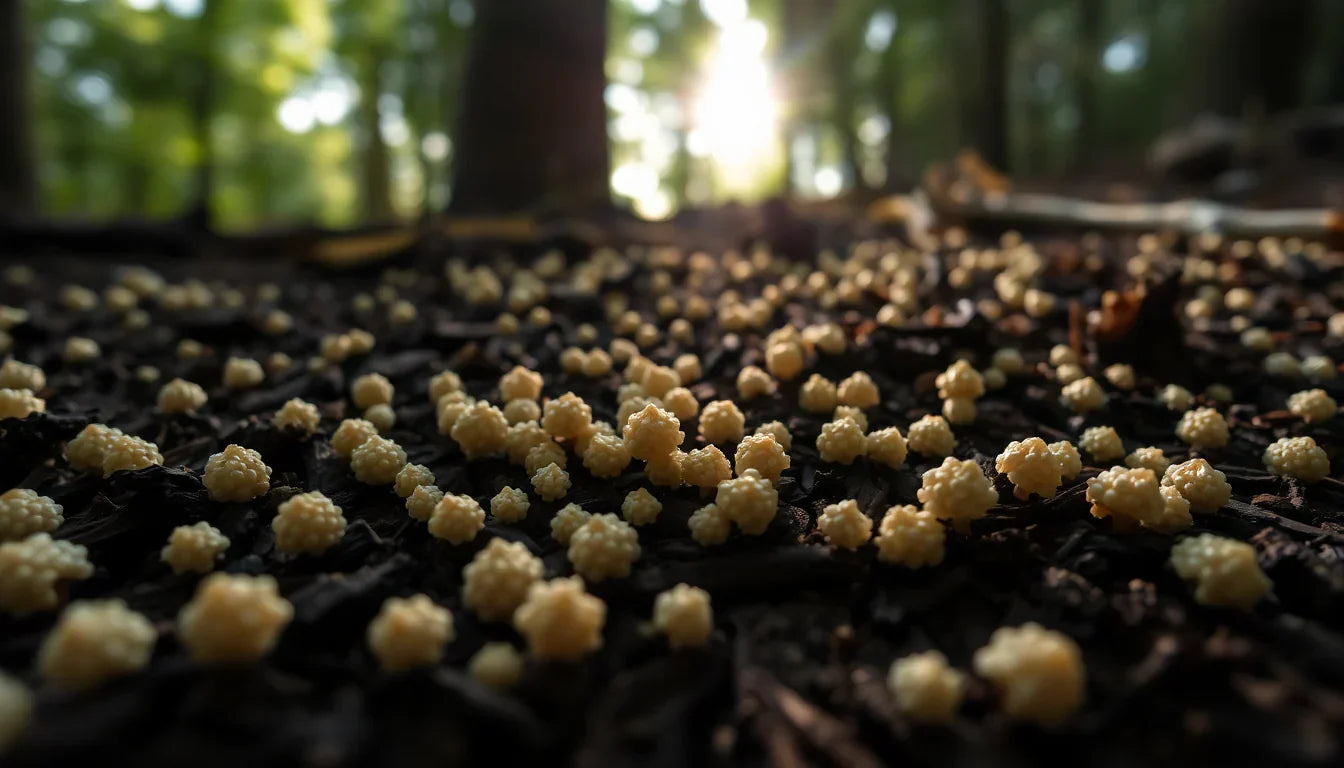
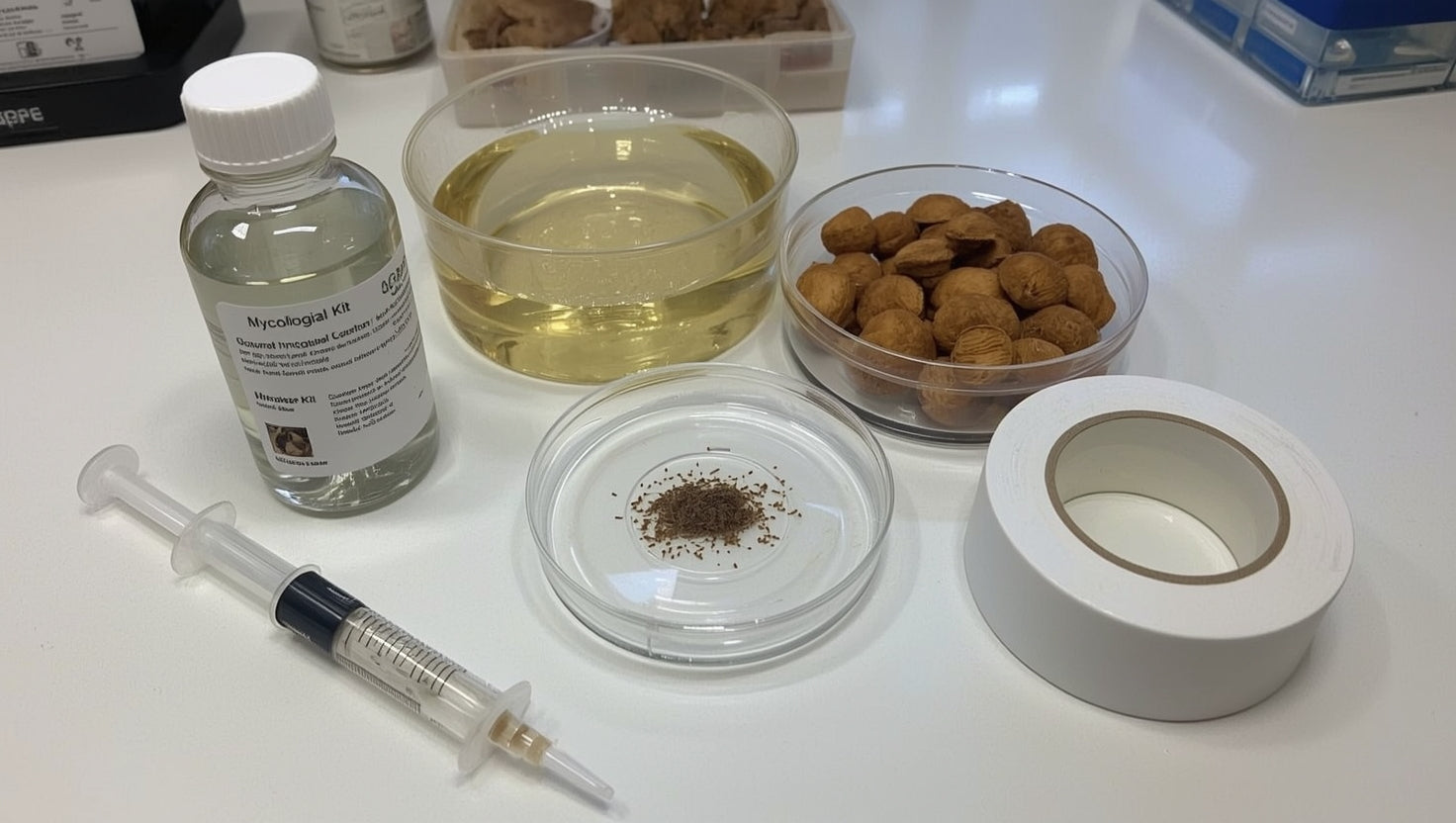
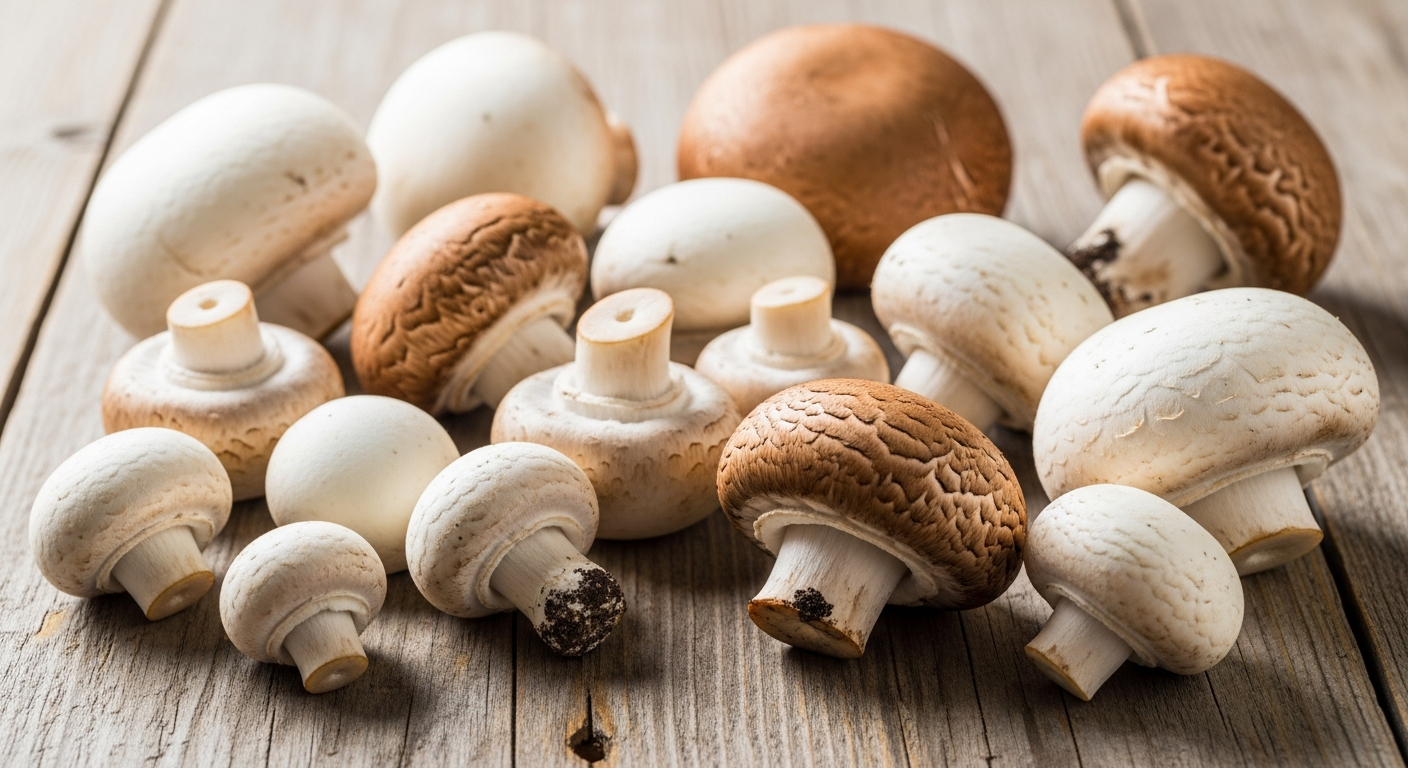
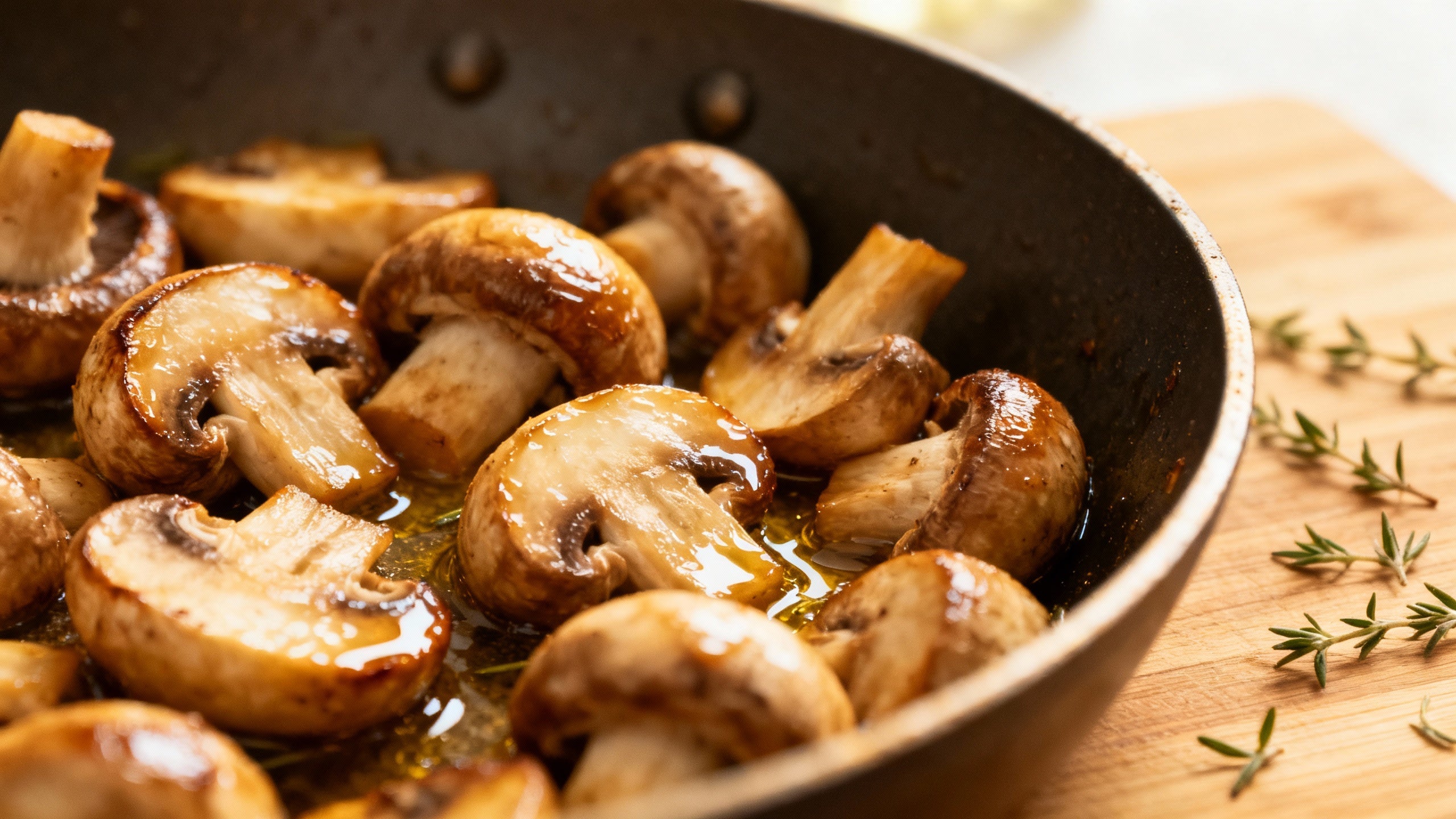
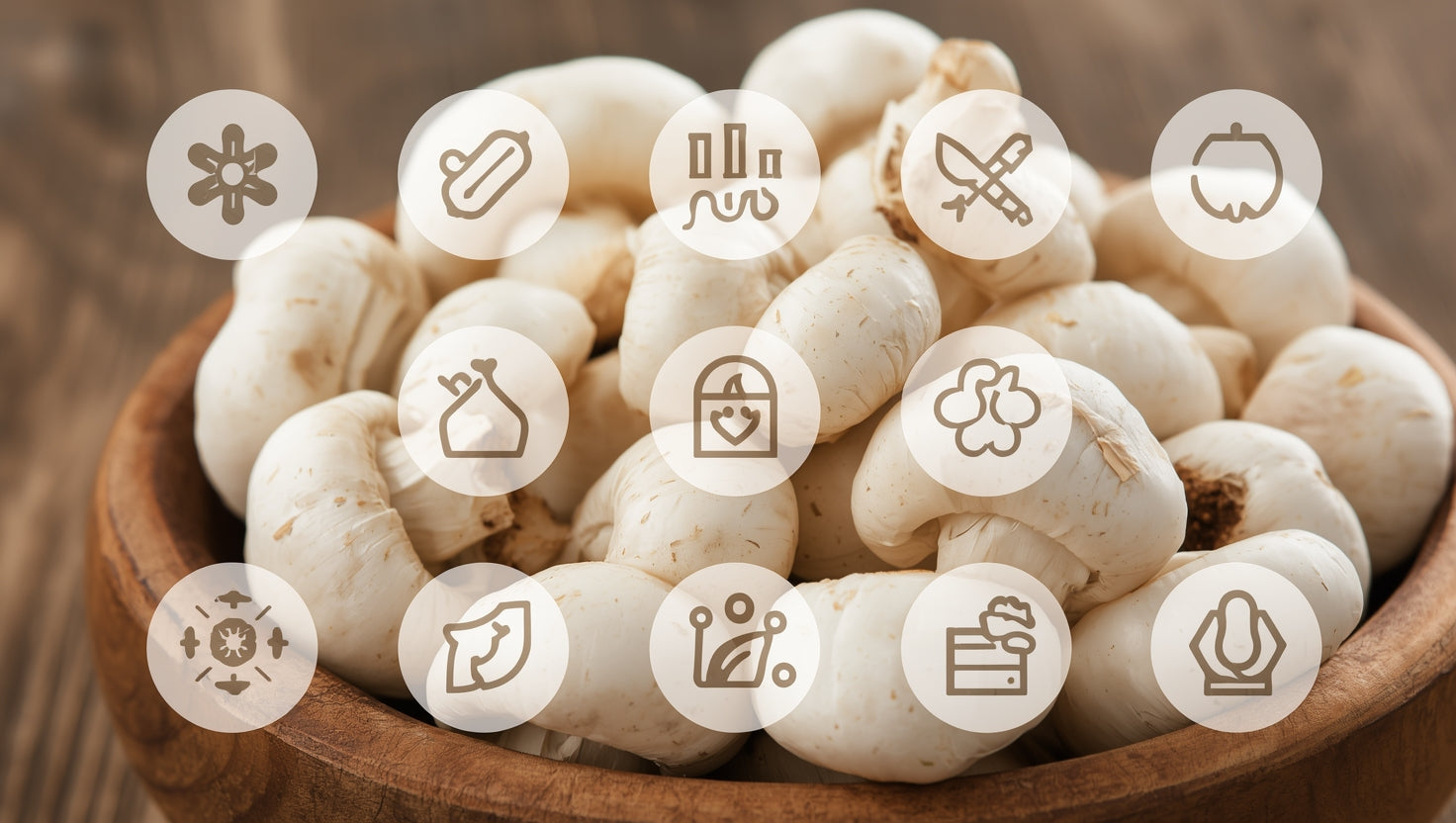
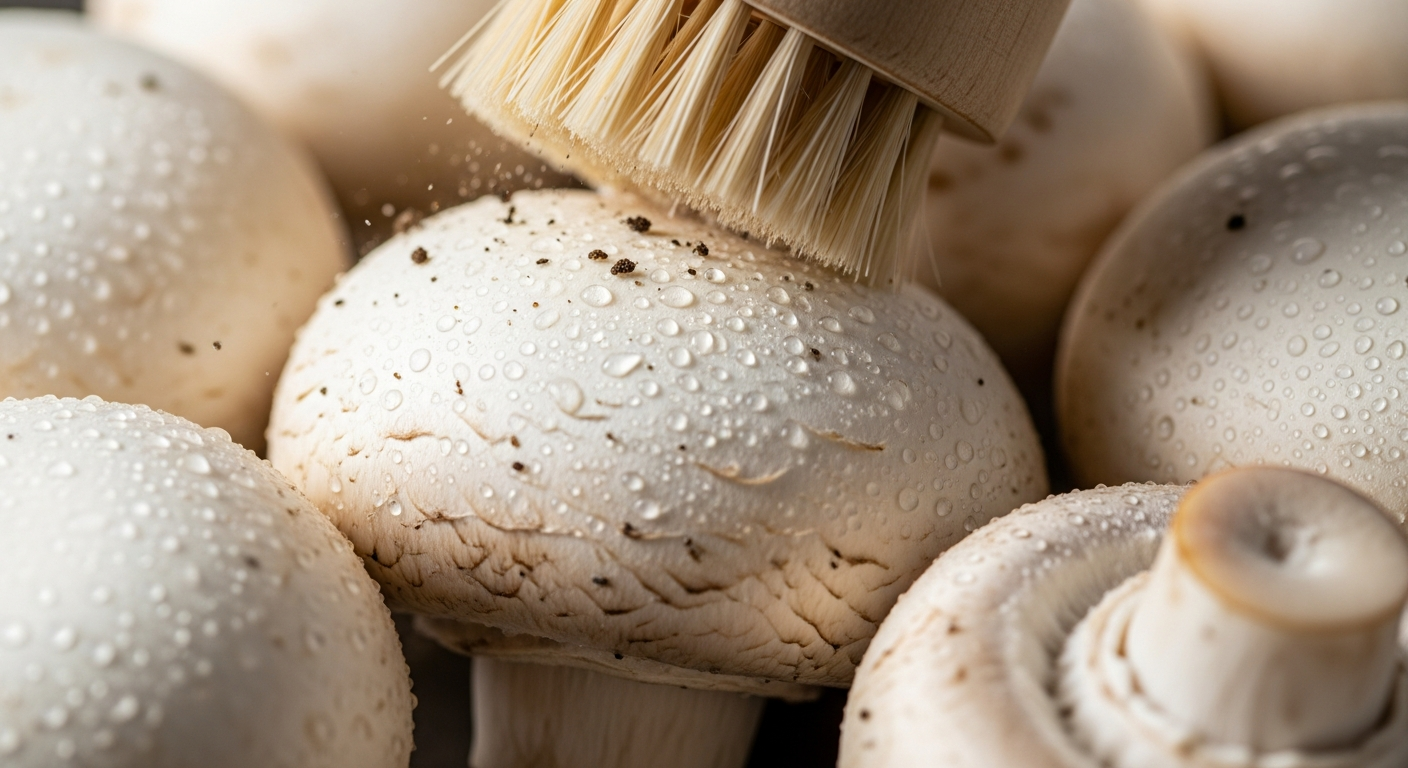
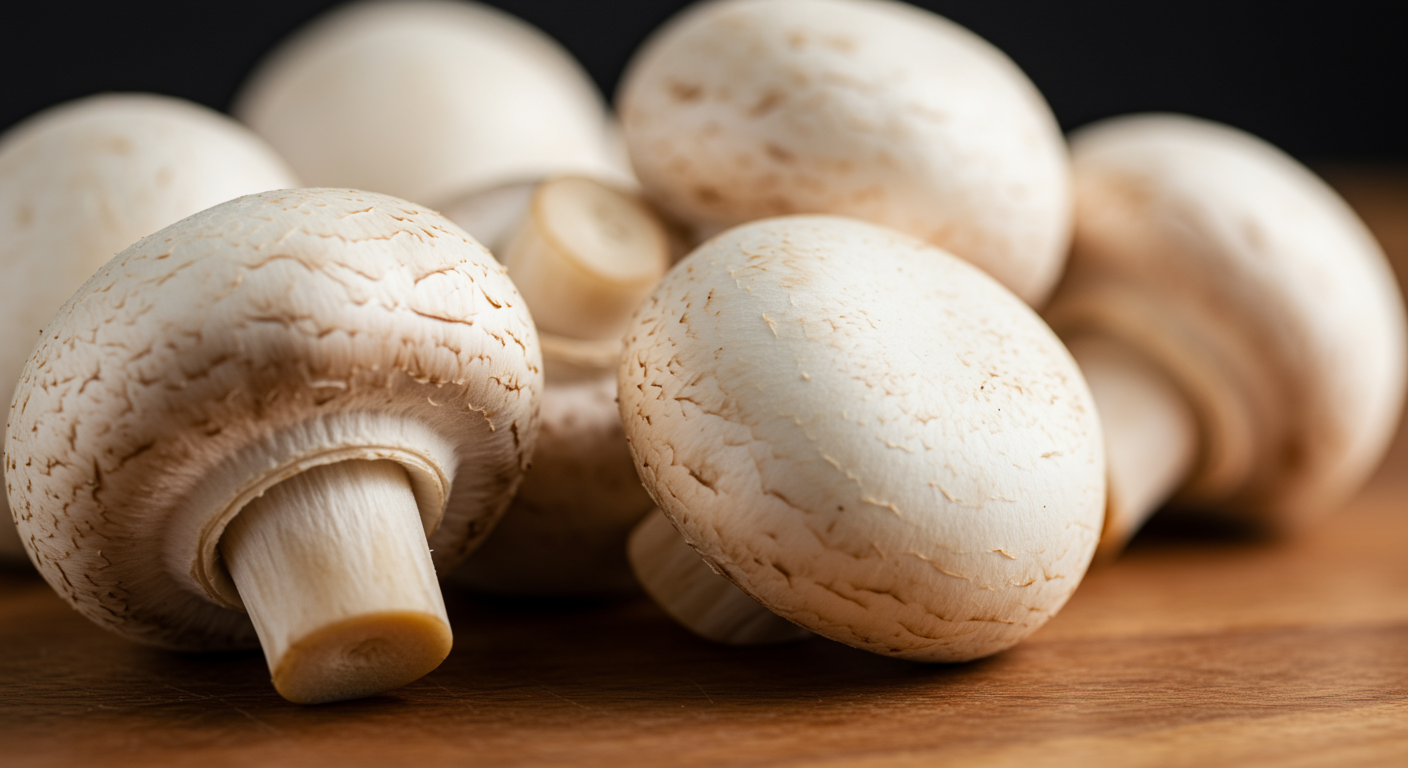

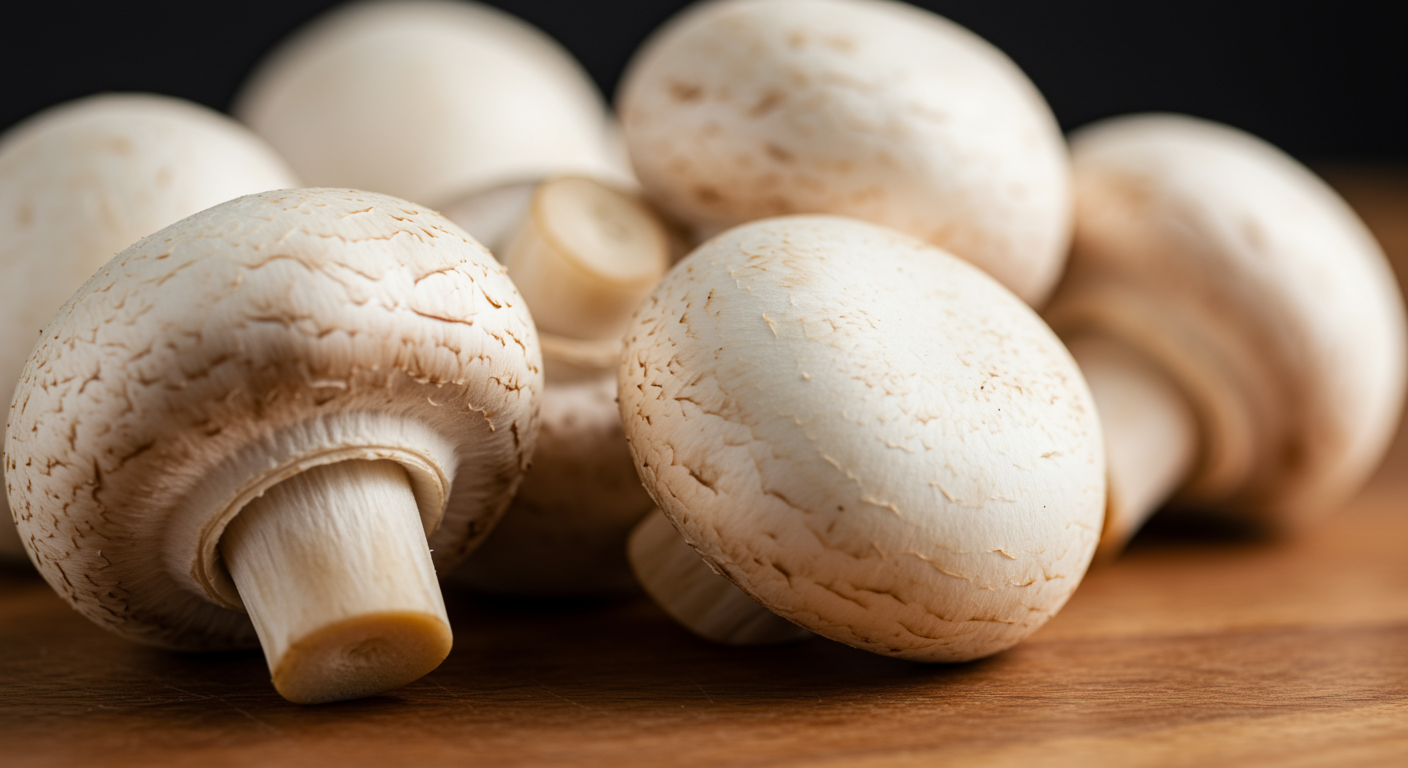
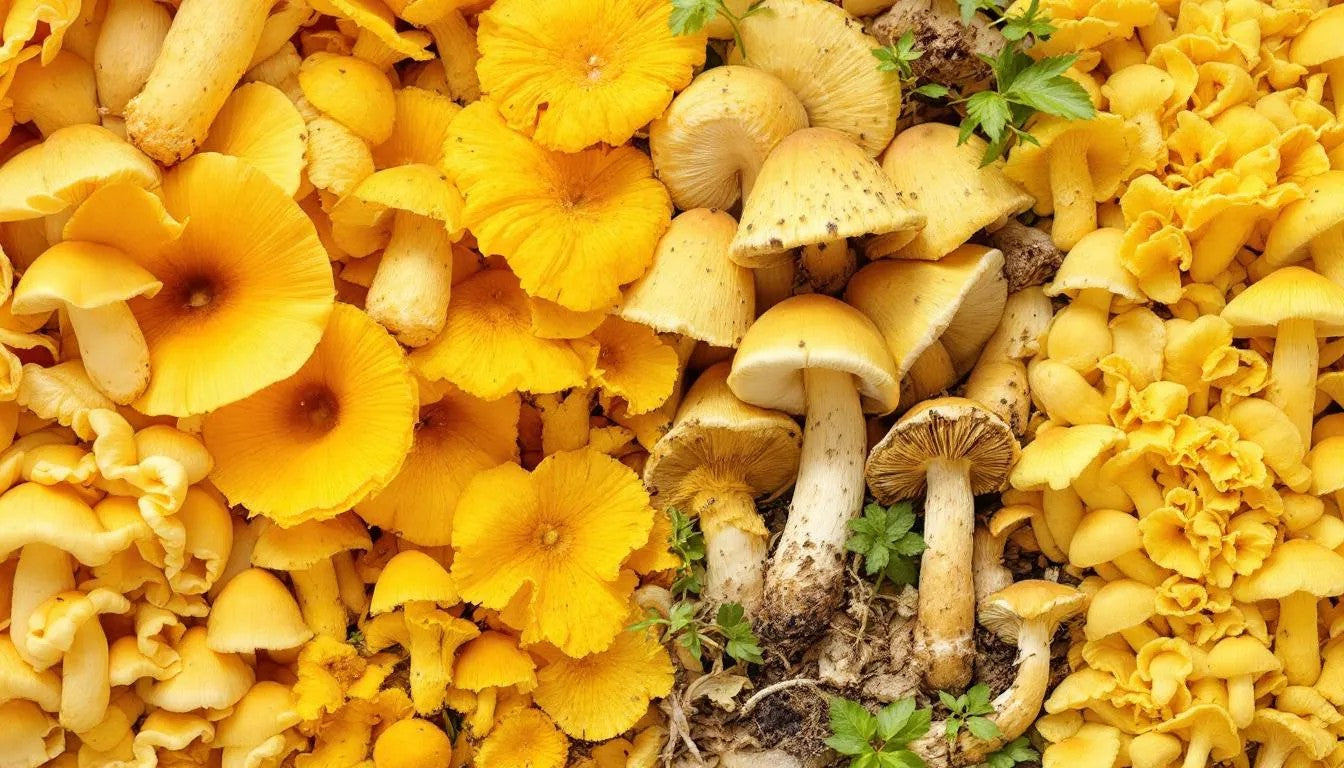
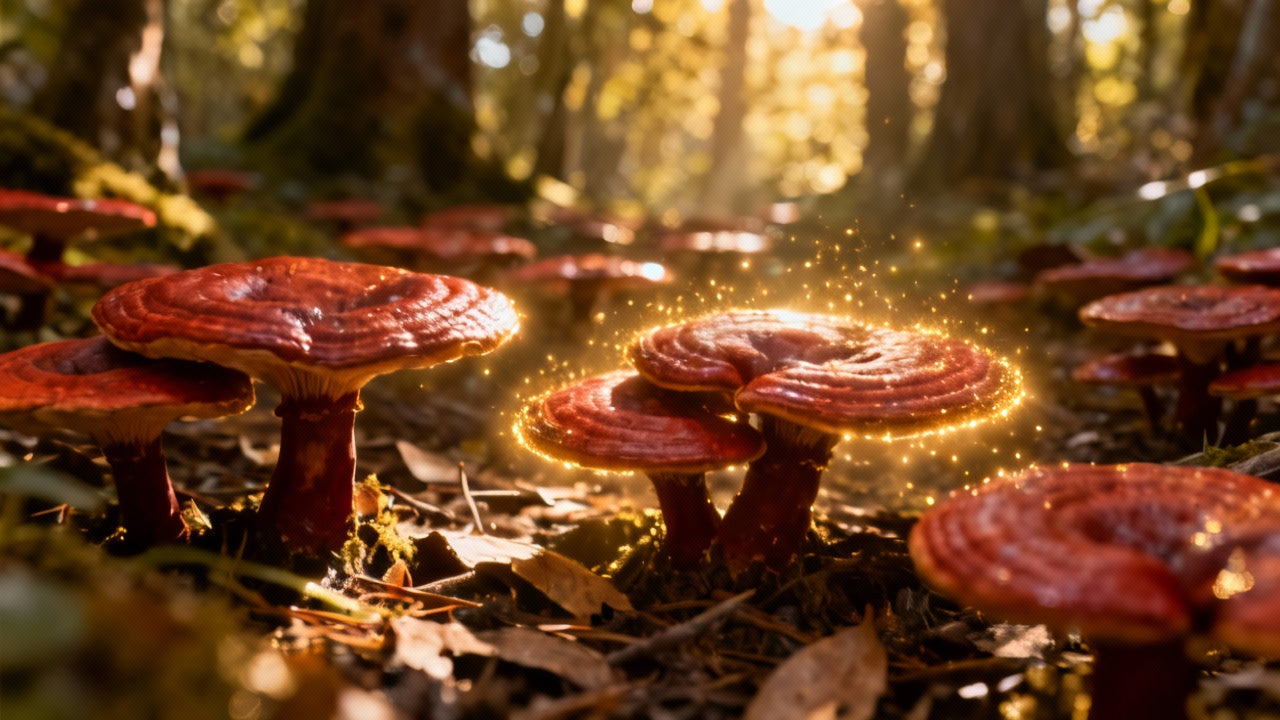
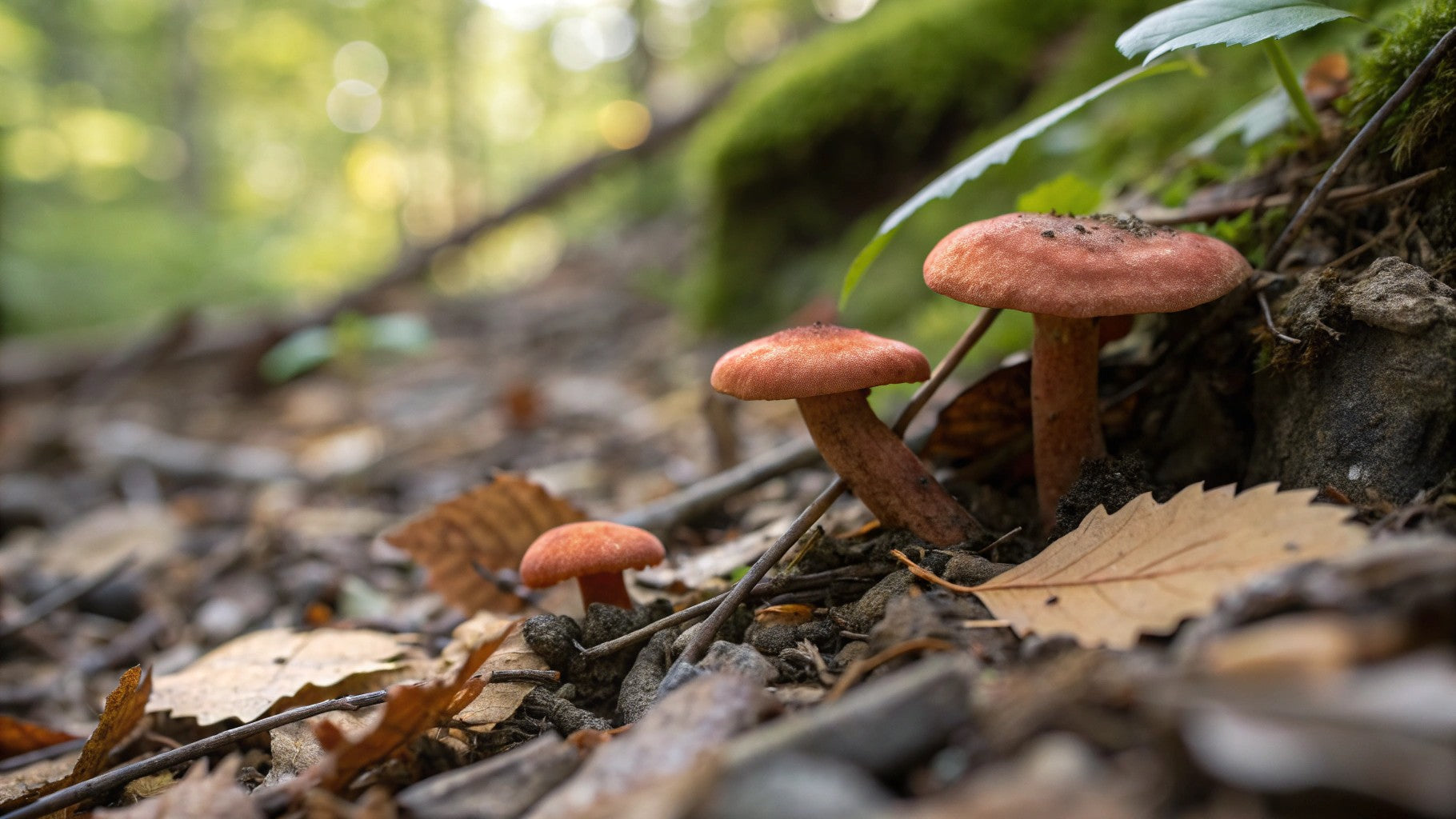
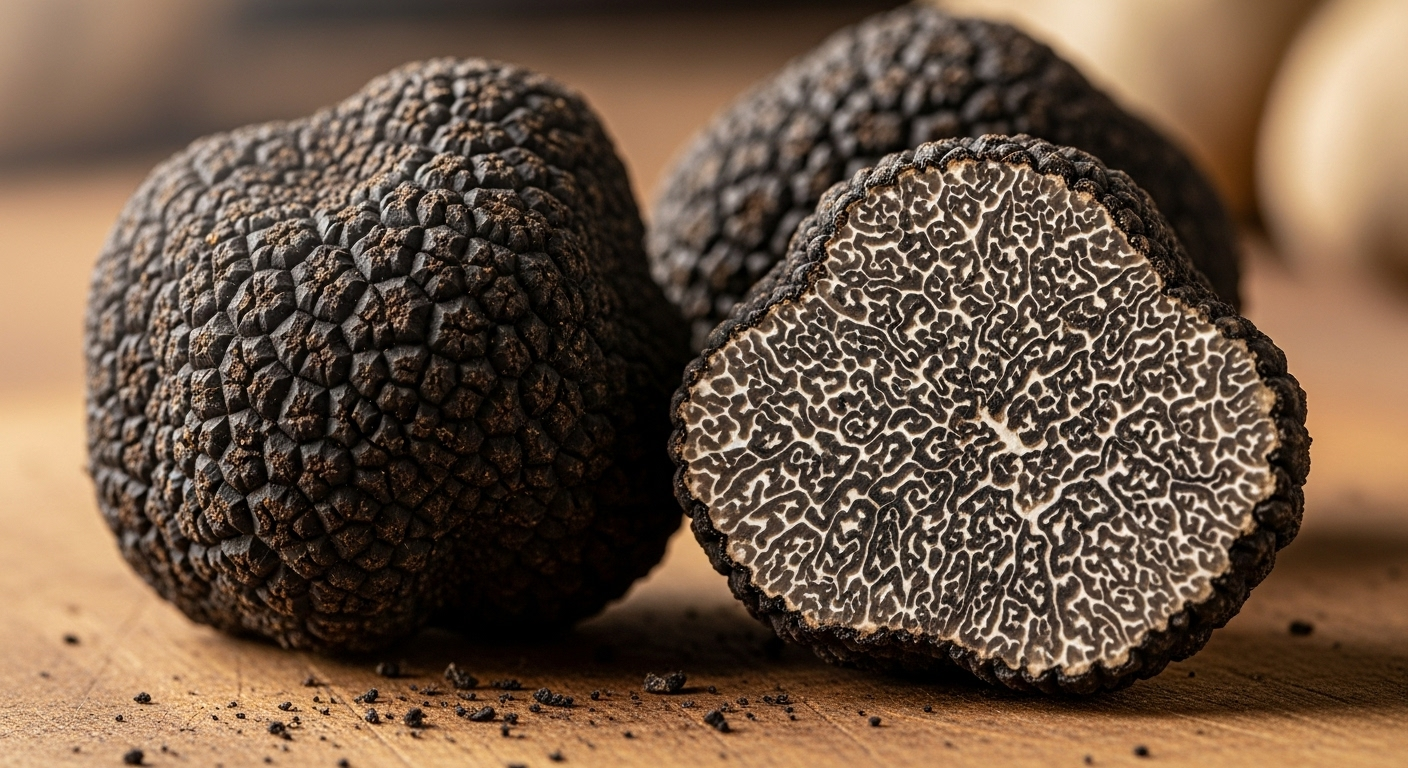
Share:
Large Morel Mushrooms: A Forager's Delight
Morel Mushroom Trees: A Forager's Delight